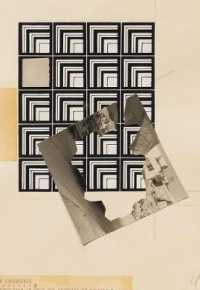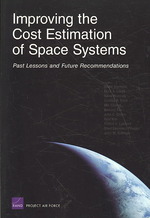- ホーム
- > 洋書
- > 英文書
- > History / World
Full Description
This volume highlights the excellent, wide-ranging work of a diverse collection of Iranian archaeologists, the new voices in Iranian archaeology. Archaeology in Iran has developed in lockstep with the discipline of archaeology itself, in part due to the colonial endeavors that provided impetus for Europeans to travel to distant lands and extract antiquities and other commodities. But centuries before western archaeologists broke ground on excavations in the lands that would in 1935 be called Iran, a deep and meaningful engagement with and reverence for the past was a thread running through Iranian culture since antiquity. For millennia, the residents and rulers of ancient Iranian lands have admired, interacted with, inscribed, invented stories about, and imitated the visible, often ruined, monuments of their ancestors that dotted the landscape.
Following numerous interruptions in the 20th century occasioned by revolution, war, and the geopolitical climate, Iranian archaeology has experienced a resurgence, and this book offers case studies on the archaeological and scientific sophistication of the work currently being done in Iran by Iranian archaeologists. As a collection, the chapters show the chronological and geographical breadth of archaeology in Iran, with authors analyzing the earliest evidence for human-object interaction in the Paleolithic era, the bustling medieval cities and their hinterlands, and many stages in between. The case studies deliberately highlight archaeological work across the entirety of the vast and varied geography of Iran, from the fertile plains of Fars in the southwest, to the rugged Zagros Mountains in the northwest, from the peaks of the Alborz Mountains south of the Caspian Sea, across the broad expanse of the Plateau, to the eastern regions bordering Afghanistan and Turkmenistan.
This volume also features the work of many women in Iranian archaeology, a testament to the expansion and evolution of the field and its participants in Iran. In sum, the chapters demonstrate the commitment of a new generation of Iranian archeologists to their land's diverse and complex past.
Contents
List of contributors
Introduction: The history of archaeology in Iran
Karim Alizadeh and Megan Cifarelli
Chapter 1 Prologue: The earliest hominins in Iran
1. The Southern Caspian Corridor: A hominin biogeographical expansion route
Elham Ghasidian, Hosein Ramzanpour, Ahmad Bavand Savadkouhi, Mehdi Abedini Araghi, and Saman H. Guran
Chapter 2 Prologue: A history of excavations at Shahr-i Sokhta - The Burnt City, a UNESCO World Heritage site
2. Shahr-i Sokhta 2021: Excavation at Area XID
Seyyed Mansur Seyyed Sajjadi and Hossein Moradi
Chapter 3 Prologue: The history and prehistory of the Silk Road
3. Iran-China joint archaeological excavations at Tepe Naderi, Shirvan, Northern Khorasan: Preliminary report of the 2016 and 2018 seasons
Ali A. Vahdati, Liangren Zhang, Tao Shui, Binbin Liu, Xin Jia, Homa Fathi, Margareta Tengberg, and Marjan Mashkour
Chapter 4 Prologue: The excavations of the ceremonial center of Persepolis
4. Identification of plant remains found at the underground channels of Persepolis
Ahmad Ali Asadi, Zohreh Shirazi, and Sharareh Ghasemi
Chapter 5 Prologue: Imperial land management strategies in Iran
5. Dehqāed: A lesser-known Sasanian center in the Borāzjān Plain, Southern Iran
Zohreh Zehbari, Nasrollah Ebrahimi, and Mehrdad Parsaei Borazjani
Chapter 6 Prologue: Filling in the gaps in Farsan County
6. Interregional developments in the Zāyandeh-rōd Lower Basin, based on the archaeological survey and excavations in Farsan County, Chaharmahal va Bakhtiyari, Iran
Alireza Khosrowzadeh and Hossein Habibi
Chapter 7 Prologue: Hydraulic management and human agency
7. Iṣfahān Hydraulic Heritage Project: The history of Zāyandeh Rūd river water management and the resilience of Iṣfahān
Jaleh Kamalizad








